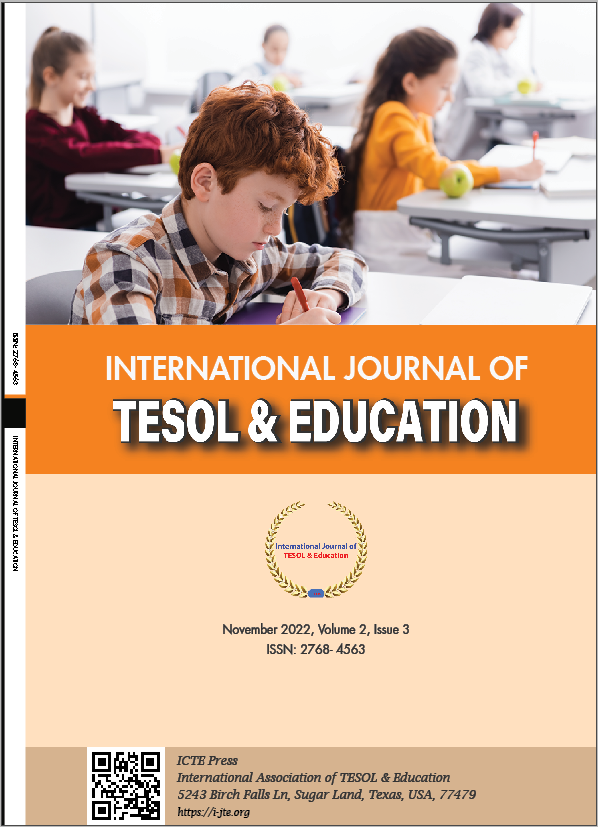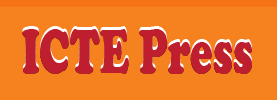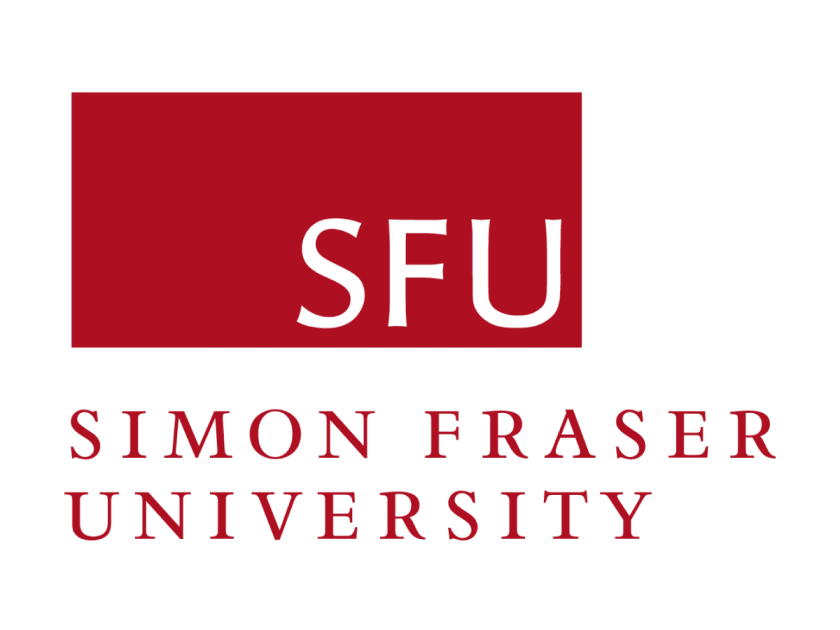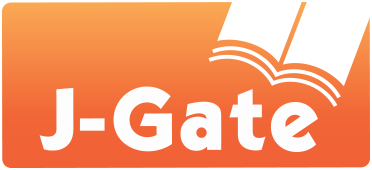English-majored Students’ Perceptions of the Translation Course at Ho Chi Minh City University of Food Industry
DOI:
https://doi.org/10.54855/ijte.22235Keywords:
translation, translation course, students’ perceptions, students’ perspectives, difficultiesAbstract
The purpose of this study is to examine the efficacy of the 'Translation' course at the Ho Chi Minh City University of Food Industry from the English-majored students' perspectives via in-depth interviews. From the interviews data of 12 students, a critical evaluation was carried on to find out students' perceptions on different aspects of the course, including how they felt about the translation course, the difficulties they encountered throughout the course, what they thought about the teaching activities applied in the course as well as their expectations to improve the course. This study discovered that the lack of vocabulary, weak grammar and sentence structures, and not understanding the implied meaning of different contexts were their biggest challenges. In most students’ opinions, they supposed that group work and e-portfolio were effective activities. The students were generally satisfied with the quality of the subject and suggested some viable recommendations to improve this course in the future.
References
Bell, R. T. (1991). Translation and Translating: Theory and Practice. New York: Longman.
Catford, J. C. (1965). A Linguistic Theory of Translation. Oxford: Oxford University Press.
Dang, T. X., & Bui, B. T. (1999). Interpreting and translation coursebook. Ha Noi: Education Publishing House.
Handayani, W., Rozimela, Y., & Thahar, H. E. (2021). Students’ Perception on E-Portfolio for Assessing Translation Skill. Proceeding of International Conference on Language Pedagogy (ICOLP), 1(1), 247–252. https://doi.org/10.24036/icolp.v1i1.47
Hoang, V. V. (2005). Translation: Theory and Practice. Ha Noi: Vietnam Education Publishing House.
Ly, K. C. (2020). The Importance of Grammar in Language Teaching and Learning. Workshop on Innovation in Language Teaching and Learning (pp. 186-195). Ho Chi Minh: Zenodo. http://doi.org/10.5281/zenodo.3947215
Nguyen, B. V., & Ngo, T. C. (2021). Using the Internet for self-study to improve translation for English-majored seniors at Van Lang University. International Journal of TESOL & Education, 1(2), 110-147. http://eoi.citefactor.org/10.11250/ijte.01.02.007
Nida, E. A. (1975). Language Structure and Translation. California: Stanford University Press.
Oraif, I., & Elyas, T. (2021). Applicability of collaborative work in the COVID-19 era: Use of breakout groups in teaching l2 translation. Electronics (Switzerland), 10(22), 1-15. https://doi.org/10.3390/electronics10222846
Pham, C. T. (2017). An Analysis of Translation Errors: A Case Study of Vietnamese EFL Students. International Journal of English Linguistics, 8(1), 22-29. https://doi.org/10.5539/ijel.v8n1p22
Phan, U. T., Nguyen, H. T., & Nguyen, L. H. (2022). Some Common Errors in Vietnamese-English Translation of English-major Juniors at Tay Do University, Vietnam. European Journal of English Language Teaching, 7(2), 118-152. http://dx.doi.org/10.46827/ejel.v7i2.4226
Rahmawati, M., & Hakim, P. K. (2018). The Influence of E-portfolio Toward the Process and the Quality of Students’ Translation. Journal on English as a Foreign Language, 8(2), 202-218. https://doi.org/10.23971/jefl.v8i2.751
Setiani, R. (2020). Enhancing Students' Translation Ability Through Group Work. Edukasi Lingua Sastra, 18(1), 13–22. https://doi.org/10.47637/elsa.v18i1.228
Tran, L. H. (2022). An Analysis of Negative Verbs’ Equivalents in a Vietnamese Translation of ‘The Call of the Wild’. International Journal of TESOL & Education, 2(1), 105-116. https://doi.org/10.54855/ijte.22217
Wilss, W. (1982). The Science of Translation. Problems and Methods. (Vol. 80). Tubingen: John Benjamins Pub Co.
Downloads
Published
Issue
Section
License
Copyright (c) 2022 Ly Cong Khanh

This work is licensed under a Creative Commons Attribution 4.0 International License.
The copyright of all articles published in the International Journal of TESOL & Education (ijte) remains with the Authors, i.e. Authors retain full ownership of their article. Permitted third-party reuse of the open access articles is defined by the applicable Creative Commons (CC) end-user license which is accepted by the Authors upon submission of their paper. All articles in the ijte are published under the CC BY-NC 4.0 license, meaning that end users can freely share an article (i.e. copy and redistribute the material in any medium or format) and adapt it (i.e. remix, transform and build upon the material) on the condition that proper attribution is given (i.e. appropriate credit, a link to the applicable license and an indication if any changes were made; all in such a way that does not suggest that the licensor endorses the user or the use) and the material is only used for non-commercial purposes.
Authors retain copyright and grant the journal the right of first publication with the work simultaneously licensed under a Creative Commons Attribution 4.0 International License that allows others to share the work with an acknowledgment of the work's authorship and initial publication in this journal.
Authors are able to enter into separate, additional contractual arrangements for the non-exclusive distribution of the journal's published version of the work (e.g., post it to an institutional repository, in a journal or publish it in a book), with an acknowledgment of its initial publication in this journal.











